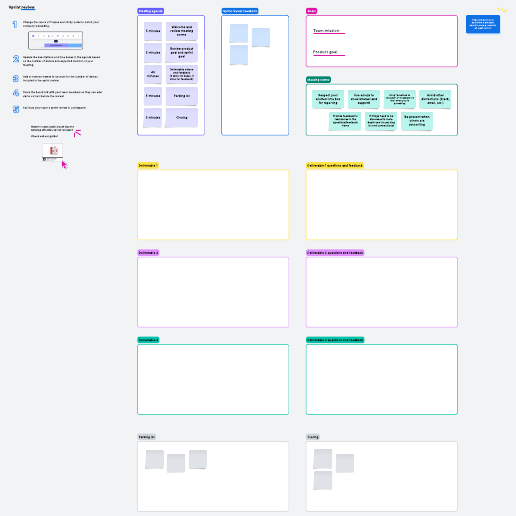Big room planning
This template works on the following products:
*For all Lucid plan types

Save time while prepping for your next planning session by using Lucid's free big room planning template. This template is designed to facilitate large planning sessions and help you successfully facilitate them using Lucid.



